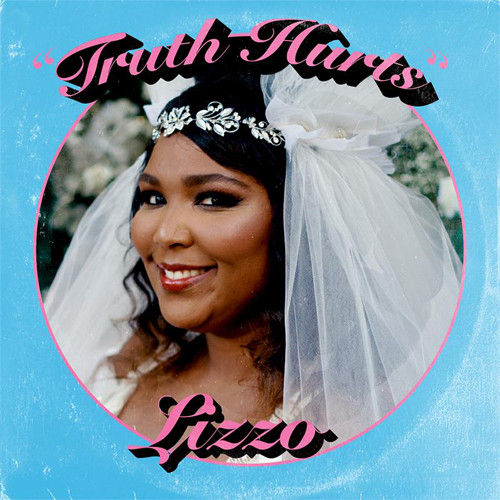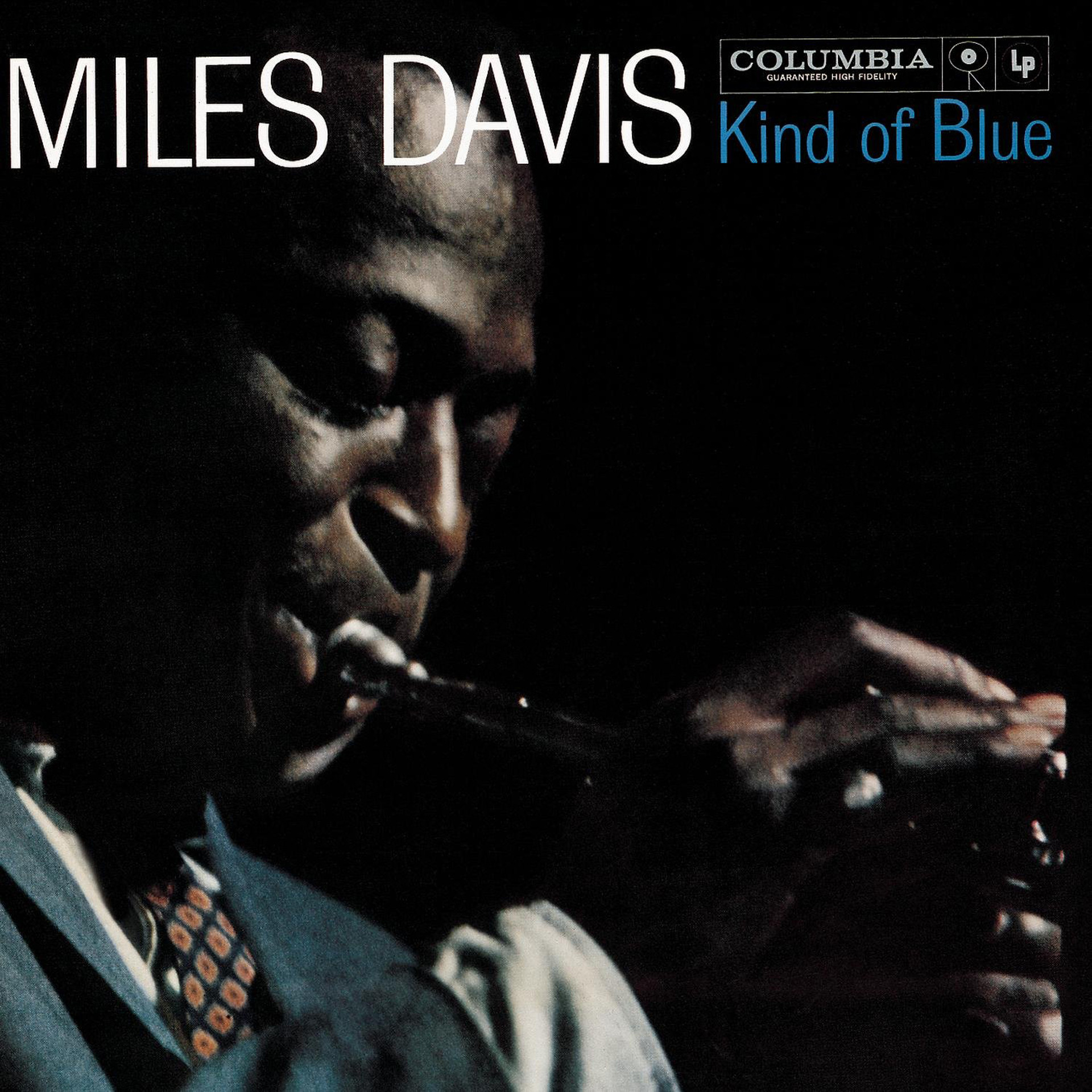Defining the “best song in the world” is a near-impossible task, a subjective quest that has fueled countless debates among music lovers for generations. What resonates as the pinnacle of musical achievement for one person might be completely overlooked by another. Taste, emotion, cultural context, and personal history all play crucial roles in shaping our individual preferences. However, despite this inherent subjectivity, the question itself is compelling, driving us to explore, analyze, and celebrate the vast and diverse world of music.
Attempts to quantify musical greatness are not new. From personal playlists to critical acclaim, we constantly rank and evaluate songs, seeking to understand what makes certain pieces stand out. One of the most recognized and respected endeavors in this area is Rolling Stone’s “500 Greatest Songs of All Time” list. First published in 2004 and recently updated in 2024, this list represents a significant effort to compile a canon of exceptional songs, drawing on the expertise of hundreds of artists, writers, producers, and industry figures.
The latest iteration of the Rolling Stone 500 list, updated to reflect the evolving landscape of popular music, offers a fascinating glimpse into contemporary and historical musical excellence. It acknowledges the shifts in genre popularity and cultural influence, incorporating more hip-hop, modern country, indie rock, Latin pop, reggae, and R&B than its previous versions. This expansion reflects a broader understanding of what constitutes “great” music, moving beyond a solely rock and soul-centric perspective. The updated list includes a significant number of songs not present in the 2004 version, demonstrating a dynamic and evolving definition of musical greatness.
While the concept of a single “best song” remains elusive, examining lists like Rolling Stone’s provides valuable insights into the qualities that contribute to a song’s enduring impact and widespread acclaim. Let’s explore a few examples from their updated list to understand what makes them contenders in the ongoing conversation about musical perfection, or at least, exceptional songwriting and performance.
Harry Styles, ‘As It Was’: Capturing Modern Angst with Synth-Pop Brilliance
 harry styles as it was
harry styles as it was
Harry Styles’ “As It Was,” a relatively recent release, showcases how contemporary pop music can achieve greatness by capturing the zeitgeist of modern anxieties and relationships within a catchy, innovative soundscape. This track, leading off his third album, masterfully balances lyrical introspection with an upbeat synth-pop melody. The song delves into the complexities of a relationship in turmoil, using an “agitated inner monologue” to paint a vivid picture of emotional distress beneath a seemingly polished surface.
The song’s genius lies in its contrasting elements. The playful opening, featuring Styles’ goddaughter, creates an initial sense of lightness, which is quickly juxtaposed with the underlying themes of relationship crisis and personal struggle. The “spun-sugar synths” provide a sonic camouflage for the torment expressed in the lyrics, highlighting the common human experience of masking inner turmoil. The bridge, described as Styles’ thoughts “ping-ponging around his head at ‘high-speed internet’ velocities,” perfectly encapsulates the frantic pace of modern thought and the feeling of being overwhelmed by internal anxieties. “As It Was” resonates because it’s both deeply personal and universally relatable, a hallmark of a truly great song.
Townes Van Zandt, ‘Pancho and Lefty’: Storytelling at its Finest in Country-Folk
Moving to a different genre and era, Townes Van Zandt’s “Pancho and Lefty” exemplifies greatness through masterful storytelling and poignant lyricism within the country-folk tradition. This epic song narrates the tragic tale of a bandit and his betrayer, exploring themes of friendship, betrayal, and doomed fate. While it achieved mainstream country success through Willie Nelson and Merle Haggard’s duet, Van Zandt’s own rendition, from his 1972 album The Late Great Townes Van Zandt, is considered by many to be the definitive version.
The song opens with what is arguably one of the most evocative and descriptive verses in country-folk music, instantly setting a melancholic and gritty scene. Lines like “Living on the road my friend / was gonna keep you free and clean / now you wear your skin like iron / your breath as hard as kerosene” paint a stark and unforgettable picture of a life hardened by the road and circumstance. Van Zandt himself attributed the song’s creation to a moment of inspiration “from out of the blue,” suggesting a mystical quality to its songwriting. “Pancho and Lefty” achieves greatness not through catchy hooks or sonic innovation, but through the timeless power of narrative and emotionally resonant poetry.
Lizzo, ‘Truth Hurts’: Empowerment and Soulful Swagger in a Breakup Anthem

In the realm of contemporary R&B and hip-hop, Lizzo’s “Truth Hurts” stands out as a song that achieves greatness through its infectious energy, empowering message, and undeniable soulful swagger. This breakup anthem, initially released in 2017 but achieving widespread popularity in 2019, became Lizzo’s signature hit due to its potent combination of humor, self-affirmation, and sheer musicality.
The song’s iconic line, “I just took a DNA test, turns out I’m 100 percent that bitch,” perfectly encapsulates its empowering and unapologetically confident message. While the line itself originated from a tweet by Mina Lioness, Lizzo’s delivery and the overall energy of the song transformed it into a cultural phenomenon. “Truth Hurts” is more than just a breakup song; it’s a declaration of self-worth and resilience, delivered with Lizzo’s characteristic blend of humor and soulful vocal power. Its greatness lies in its ability to uplift and empower listeners, turning personal heartbreak into a celebration of self-love and confidence.
Miles Davis, ‘So What’: Jazz Innovation and Timeless Cool

Shifting genres once more, Miles Davis’ “So What” from the seminal album Kind of Blue represents a different kind of musical greatness – one rooted in innovation, improvisation, and timeless cool within the jazz idiom. This track is not just a song; it’s a foundational piece in modal jazz, departing from traditional bebop chord changes to embrace a more open and improvisational style.
“So What” is characterized by its minimalist melody and harmonic structure, providing a framework for individual expression and collective improvisation. Despite the innovative nature of the composition, the performance by Davis and his all-star band sounds effortlessly organic and cohesive. The solos by saxophonists John Coltrane and Cannonball Adderley have become legendary, exemplifying the improvisational genius that defines jazz at its highest level. The rhythm section, featuring Bill Evans, Paul Chambers, and Jimmy Cobb, creates a swing that is both sophisticated and deeplyGroovy. “So What” is great because it not only redefined jazz but also continues to inspire and captivate listeners across genres and generations.
Exploring Subjectivity and the Search for Musical Excellence
These examples, diverse in genre and style, highlight different facets of what contributes to a song’s perceived greatness. From the contemporary anxieties captured in Harry Styles’ pop to the narrative depth of Townes Van Zandt’s folk, the empowering energy of Lizzo’s R&B, and the innovative coolness of Miles Davis’ jazz, each song achieves excellence in its own unique way.
Ultimately, the “best song in the world” remains a personal and evolving concept. Lists like Rolling Stone’s 500 Greatest Songs offer a valuable starting point for exploration and discussion, showcasing a wide range of music deemed exceptional by a diverse group of experts. They remind us that musical greatness can be found in countless forms, across genres, eras, and cultural contexts. The search for the “best song” is not about finding a definitive answer, but about engaging with the vast and enriching world of music and discovering what resonates most deeply within our own individual experiences. It’s about the journey of musical discovery, rather than reaching a final, and likely unattainable, destination.
